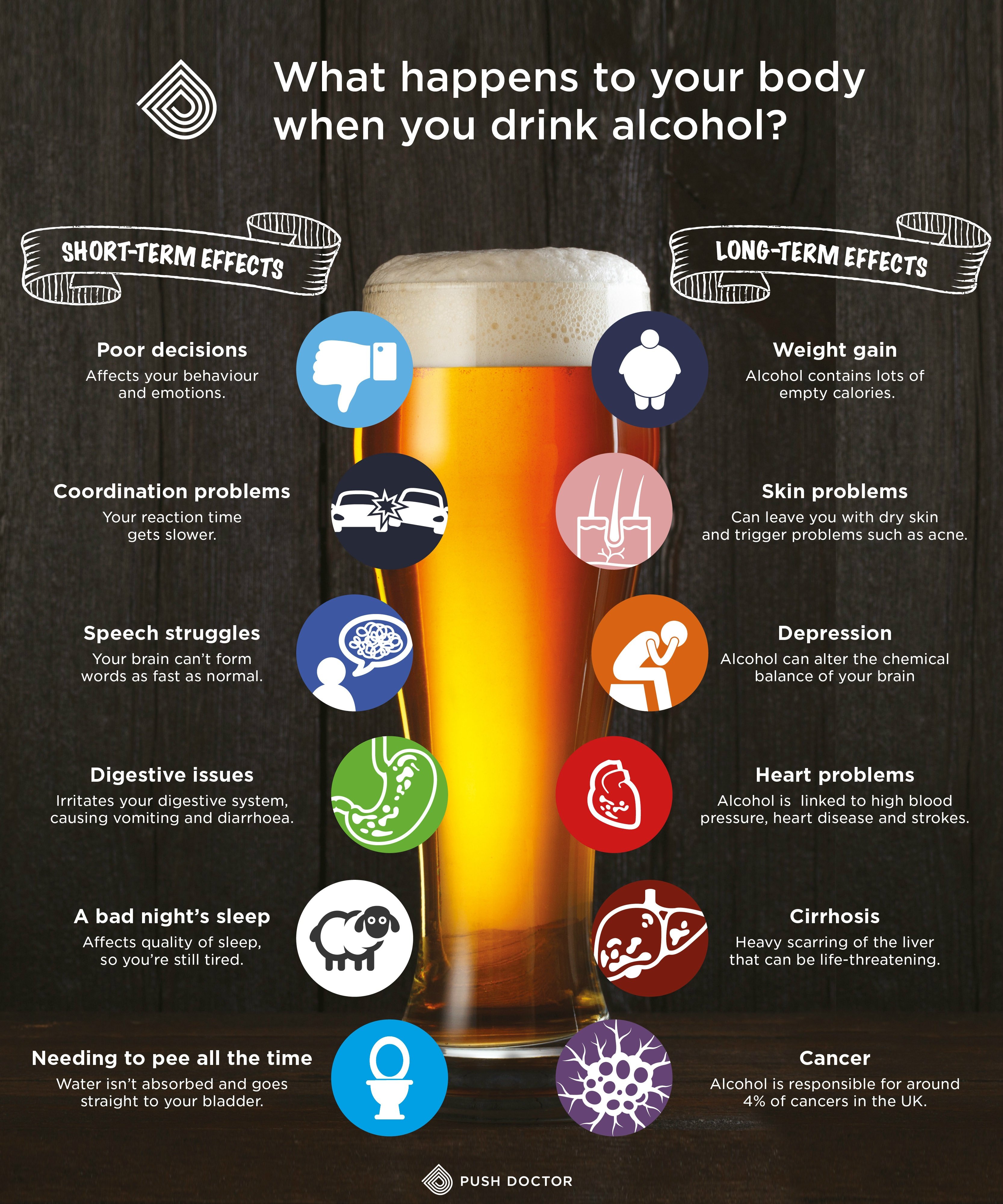By Dr Adam Simon
Where does the fat ‘go’ when you lose weight?
Losing weight isn't easy. Here, we look at what happens in your body that causes you to shed those pounds.
Most people are keen to get lean, but with all the talk of 'burning' fat and shedding pounds, there are a lot of misconceptions around what actually happens when you lose weight.
In this guide, we'll take a look at the fascinating process that occurs during weight loss and explain what happens to fat when you lose weight.
Storing Isn't Boring
How we gain weight and develop fat deposits is all to do with the way our bodies store and use energy.
Gaining weight is the result of three factors the amount of calories you take in, the metabolic rate at which your body turns these calories into energy and time.
To maintain a healthy weight, it's recommended that men intake about 2,500 calories a day and women 2,000. However, a range of factors can influence these values, such as the amount of physical activity and age.
How much your body uses is determined by how many calories you take in versus how many you us up through physical activity. Any calories you don't use are stored in the body as fat, which serves as an additional supply of energy.
We evolved this mechanism to let us cope with food shortages ensuring that we stocked up in times of plenty and had some stores to rely on when famine hit.
So, if you're looking to lose weight, your aim should be to use up more calories than you take in, forcing your body to turn to its fat stores for energy.
How the Body Uses Fat
Fat, also known as adipose tissue, is used to store energy. It does this in a variety of ways, for instance converting the excess foods you eat into triglyceride, which is a substance made up of fatty acids, joined together by a glycerol molecule.
When your body needs some energy, it uses another chemical (lipase) to break up the fatty acids and release them into your bloodstream.
From there, they're absorbed by the mitochondria of cells and used to produce ATP (adenosine triphosphate), which powers their functions.
So What Happens to the Fat?
The conversion process involved in turning fat into energy is known as beta-oxidation, which combines the fatty acids with oxygen releasing energy for your cells and carbon dioxide as a by-product.
From there, the carbon dioxide is simply exhaled meaning you breath out the remains of your fat (with a little bit also forming water, which you urinate away). But how much fat are you exhaling? Thankfully, someone's already done the maths.
A 2014 feature in the BMJ noted widespread ignorance about where fat actually goes when you 'burn' it, with most dieticians, family doctors and personal trainers they questioned stating that it was converted to energy or heat.
When somebody loses 10 kg of fat (triglyceride), 8.4 kg is exhaled as CO2. The remainder of the 28 kg total of CO2 produced is contributed by inhaled oxygen. Lungs are therefore the primary excretory organ for weight loss, said the researchers.
The study's authors went on to highlight the best advice for weight loss continues to be 'eat less and move more'.
Replacing one hour of rest with exercise that raises the metabolic rate to seven times that of resting by, for example, jogging, removes an additional 39 g of carbon from the body, raising the total by about 20% to 240 g. For comparison, a single 100 g muffin represents about 20% of an average person's total daily energy requirement. Physical activity as a weight loss strategy is, therefore, easily foiled by relatively small quantities of excess food, they said.
And You?
Hopefully the above has illuminated the process for you but if you've got any more questions, don't hesitate to leave us a comment below or get in touch via Facebook or Twitter.

